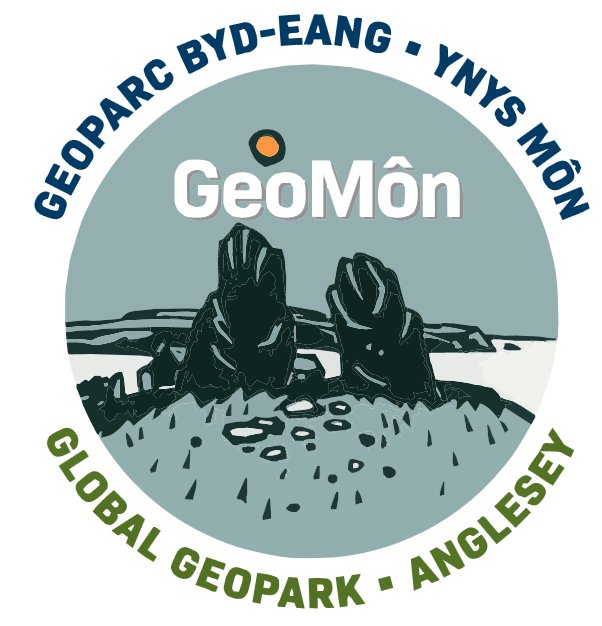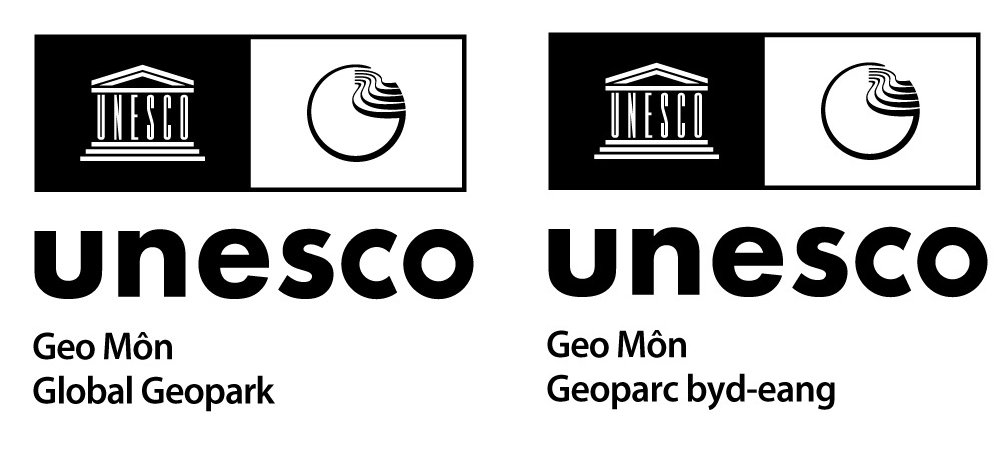The legend of Seithennin : drowned lands around Anglesey’s coastline
All around the Welsh coastline there are tales of drowned lands including drowned lands around Anglesey’s coastline. In the county of Ceredigion, Welsh legends in the Black Book of Carmarthen (the earliest surviving complete manuscript written in Welsh, dating back to at least the 13th Century) tell of an ancient forest near the seaside villages of Borth and Ynyslas that grew on fertile ground and extended to around 20 miles west of the current shoreline.
This video “Layers in the Landscape” ‘Layers in the Landscape’ is a short film which deep maps Cardigan Bay. A deep map is both a process and a product, juxtaposing and combining disparate spatial narratives within a single, multi-faceted, platform. To achieve this, seven experts in different fields were brought together during two field work days and one studio session each to produce a response to the flooding of Cardigan Bay across 125,000 years, being filmed as they went. Each of the specialists were themelves multi-disciplinarians, with skill crossovers with at least one of the other participants, whilst retaining individual terratories. What they chose to produce was entirely their own choice and developed organically, only the film maker had a minimum brief (for necessary coherence), which we honed in the editing suite. There was a solitary rule for everyone: ‘Work with, not against’ – which means to work with one’s limitations, with one’s uncertainty, with other people’s talents, with deadlines, etc. Not turn away from them.
Seithennin was the unlucky watchman responsible for checking the floodgates were closed whenever the tide came in. One night, after imbibing too much drink so the story goes, he fell asleep and forgot to check the gates. That night, the tide came in, drowned all the lands and never went out again [watch BBC Cymru video].
In late April 2019, Storm Hannah battered Britain and on the shores of Borth, peat-covered tree remains that had been buried under the saltwater and sand for thousands of years re-surfaced.
There was no documentary evidence for these lengends, but now a medieval map has been uncovered which depicts two islands off the Ceredigion coast – now lost to history. According to Smon Haslett and David Willis
“The Gough Map is extraordinarily accurate considering the surveying tools they would have had at their disposal at that time, the two islands are clearly marked and may corroborate contemporary accounts of a lost land mentioned in the Black Book of Carmarthen.”
Around the coast, tide bells have been placed as an art installation commemorating the legend. There is one in Cemaes.

Geologically, a more prosaic explanation exists for drowned lands around Anglesey’s coastline; after the last ice age, sea level rose dramatically from about 100 metres below the present sea level as all the ice caps and glaciers melted, returning the water to the sea. Evidence can be found around the coastline in the form of submerged forests, peat beds and soil. Trearddur beach is the best place to see tree stumps in situ and fallen logs, but remnants can also be found in Porth Diana, Penrhos beach, Lleiniog and Lligwy.


Fallen trees, Trearddur beach (J Conway)
The legend of Llys Helig (Helig’s Palace) and the lost Land of Tyno Helig.
The Kingdom of Tyno Helig off the Great Orme in North Wales was supposedly engulfed by the sea as the result of a curse put on the family by the ghost of a Scottish chieftain.
Early in June is the feast day of Saint Rhychwyn. According to tradition, Rhychwyn was the son of Helig ap Glanawg of the lost land of Tyno Helig. Helig ap Glannawg was the prince of Tyno Helig, whose lands stretched from Flintshire in the east to beyond Conwy in the west. Helig`s daughter Gwendud fell in love with Tathal, whose father was the Lord of Snowdon. However, they could not marry because Tathal did not wear a golden torque, which was the symbol of a nobleman.
Undeterred, Tathal killed a Scottish chieftain who was being held prisoner and stole his golden torque. Gwendud could now marry Tethal, but at their wedding party, the murdered Scottish chieftain’s ghost told them that he would gain his revenge over the fourth generation of their family. Subsequently, at the celebration to mark the birth of their great-great-grandchild, a maid was sent to the cellar to get more wine, only to find it flooded by sea-water. She alerted her lover, the court minstrel, and they ran for their lives. They were just out of the palace when they heard the crashing of mighty waves behind them. They eventually escaped the chasing waves, but when they looked back the following morning, Helig’s palace had been consumed by the sea.
Following the disaster, it is said that Helig and his sons turned to religion and Rhychwyn founded a church at Llanrhychwyn, just to the north of Betws y Coed, which is arguably the oldest church building in Wales.
Legend has it that the ruins of the palace can still be seen at very low tides and there is an area to the west of the Great Orme that is still known as Llys Helig.
By far the best examples are on the beach at Borth, just north of Aberystwyth


